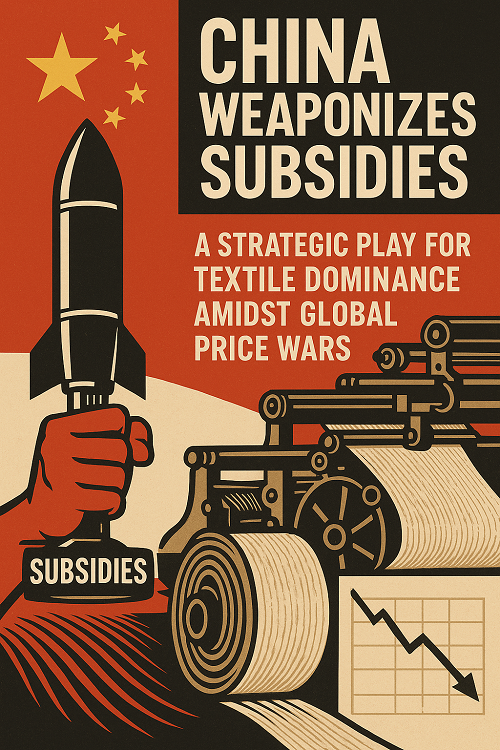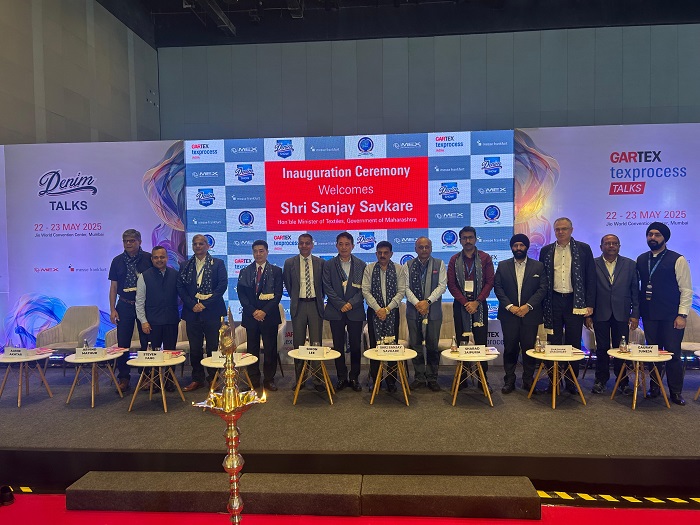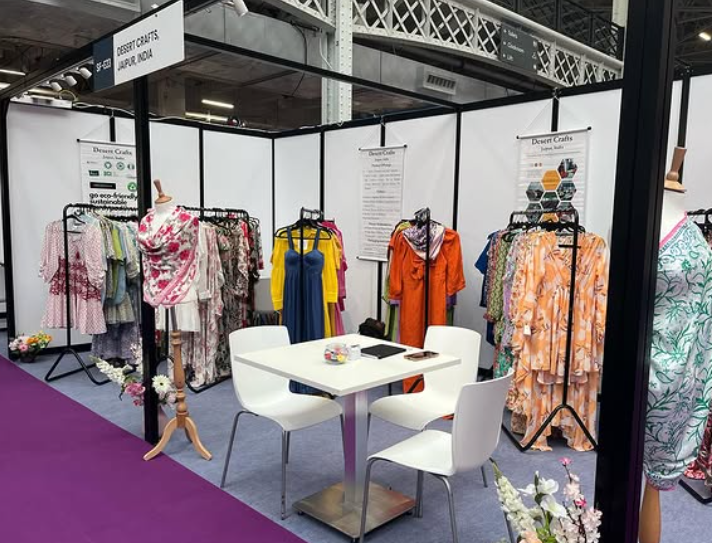
Expanding on the recent LinkedIn post by Lubomila Jordanova, CEO & Founder of Plan A and Co-Founder of Greentech Alliance, the fashion industry is grappling with the implications of ultra-fast fashion exemplified by companies like Shein. Jordanova's observation that Shein launched 1.3 million new designs in the past year has sparked a critical examination of its business model and its stark contrast with sustainable fashion practices. It has also started a crucial debate: Can speed and sustainability truly coexist within the fashion industry?
Shein’s business model, rooted in its Chinese operational core and a digitally integrated supply chain around Guangzhou, enables the rapid production and release of over 3,500 new styles daily. This "real-time retail" approach, driven by consumer data and agile manufacturing, stands in stark contrast to the principles of sustainability, which emphasize longevity, resource conservation, and ethical practices.
A Clash of Paradigms: Speed vs. Sustainability
The fundamental tension lies in the inherent characteristics of each approach. Speed, in the context of ultra-fast fashion, often necessitates compromises on material quality, production ethics, and environmental considerations to meet rapid turnaround times and low price points. Sustainability, conversely, demands a more deliberate and long-term perspective, prioritizing durable materials, fair labor, and minimizing environmental impact throughout the product lifecycle.
Cross-sectional views, for and against coexistence
Technological innovation: Some industry experts believe advancements in textile recycling technologies, on-demand manufacturing, and AI-driven design could potentially bridge the gap. For instance, companies are exploring methods to rapidly recycle textile waste back into new fibers, reducing the reliance on virgin resources even within a fast-paced system.
Data-driven demand forecasting: Proponents suggest that sophisticated data analytics could allow for more precise demand forecasting, minimizing overproduction even with frequent new releases. If production is truly aligned with real-time consumer needs, the argument goes, waste could be reduced.
Circular business models: The rise of rental platforms, resale markets, and repair services could extend the lifespan of garments, even those initially produced within a faster cycle. This shifts the focus from ownership to access and maximizes the utility of each item.
‘Slow fast fashion’: A nascent concept suggests a model where trend responsiveness is maintained, but with a greater emphasis on ethical sourcing, durable materials, and transparent supply chains, albeit potentially at a slightly higher price point than current ultra-fast fashion.
Against true coexistence
Inherent resource intensity: The very nature of rapid and massive production, even with some efficiency gains, requires significant energy, water, and raw materials. The environmental footprint of producing 1.3 million designs annually, regardless of minor improvements, remains substantial.
Pressure on supply chains: The demand for constant newness and rapid production inevitably puts immense pressure on manufacturers, leading to compromised labor standards and environmental shortcuts.
Consumer behavior and disposability: The low prices and constant influx of new items in ultra-fast fashion often encourage a culture of disposability, undermining efforts towards a circular economy and longer garment lifespan.
Greenwashing concerns: Critics argue that claims of sustainability within a fundamentally fast-paced model can often be a form of greenwashing, misleading consumers without addressing the core issues of overconsumption and waste.
Recent data from a 2024 report by the Ellen MacArthur Foundation indicates that less than 1 per cent of materials used to produce clothing are recycled into new clothing globally. This highlights the significant challenge in achieving circularity at the scale of ultra-fast fashion.
|
Metric |
Ultra-fast fashion characteristics |
Sustainable fashion initiatives |
|
Material Circularity Rate (Global) |
< 1% contribution |
Aiming for > 50% recycled/upcycled content |
|
Average Garment Lifespan |
Often < 1 year |
Targetting > 5 years |
|
Water Usage per Garment (Cotton) |
High (thousands of liters) |
Aiming for water-efficient or alternative materials |
|
Carbon Emissions per Production Cycle |
Generally higher due to volume and speed |
Focus on renewable energy and localized production |
The upcycle speed of Re/Done
Companies like Re/Done offer a potential glimpse into a form of "upcycled speed." They source vintage denim and repurpose it into new, fashionable designs with relatively quick turnaround times. While not matching Shein's sheer volume, they demonstrate that rapid creation can be achieved with a focus on circularity and utilizing existing resources. However, their production scale remains significantly smaller, and price points are considerably higher.
The transparency challenge for ASOS
While not operating at Shein's extreme speed, ASOS, another large online fashion retailer, has faced scrutiny regarding the transparency of its supply chain and the environmental impact of its fast-fashion model. Despite efforts to introduce more sustainable collections, the sheer volume of their output and the pressure to offer affordable, trend-led clothing continue to pose significant sustainability challenges.
The moot point whether speed and sustainability can truly coexist in fashion remains a complex and evolving one. While technological advancements and innovative business models offer glimmers of hope, the fundamental conflict between rapid, high-volume production and the principles of environmental and ethical responsibility persists. As Lubomila Jordanova emphasizes, the long-term value of the fashion industry will likely lie in a shift away from simply feeding demand towards shaping it – prioritizing quality, durability, and mindful consumption over the relentless pursuit of the next fleeting trend. The data and emerging case studies suggest that while certain aspects of speed and sustainability might be reconciled on a smaller scale or through niche models, achieving true harmony at the scale of ultra-fast fashion presents a formidable challenge. The industry must critically evaluate its priorities and embrace a paradigm shift that values longevity and responsibility over ephemeral trends and unsustainable volume.











